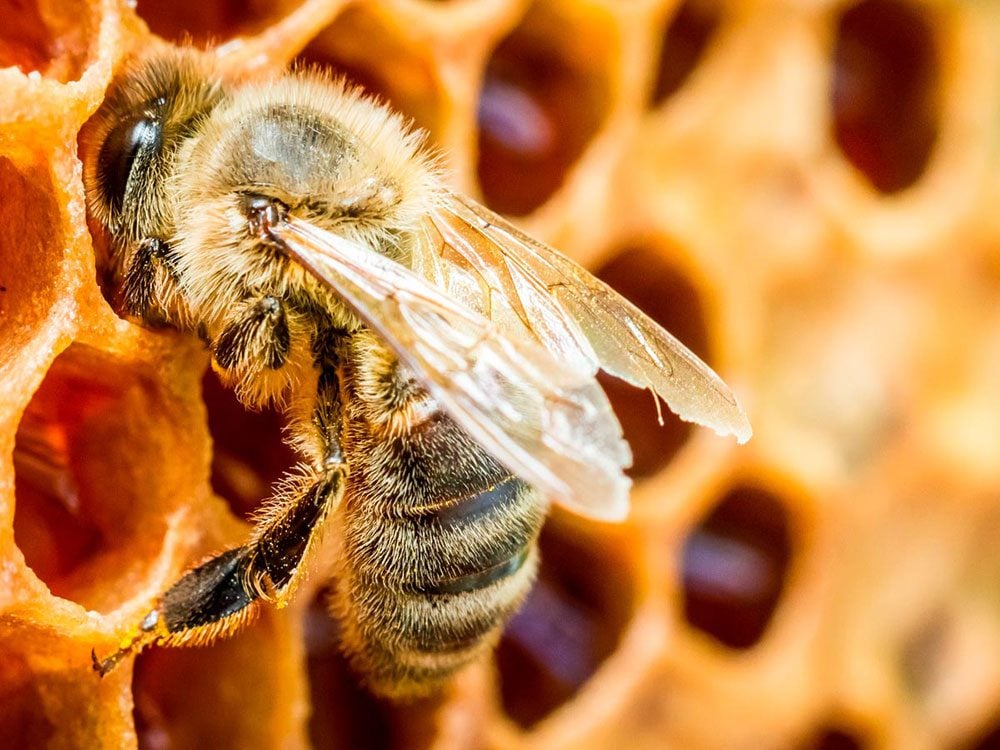
Save the Bees: Strategies to Combat Colony Collapse Disorder
If you haven’t heard of colony collapse disorder by now, the phenomenon refers to the mysterious disappearance of honeybee colonies throughout North America. The theories about what causes colony collapse disorder are myriad—the Varroa Mite, Israeli Acute Paralysis Virus, the gut parasite Nosema, pesticide poisoning, stress and changes in habitat top the list. But one thing is for sure, many people are interested in finding out what they can do to help save the bees. Here’s how you can make a difference, right in your own backyard.
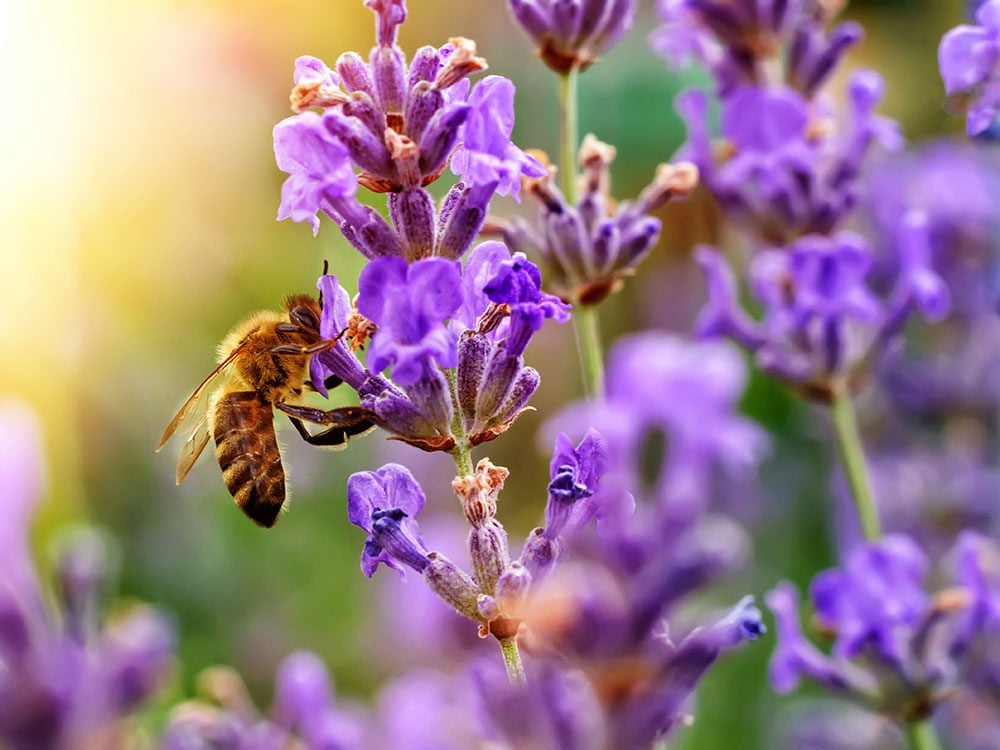
Add Bee-Friendly Plants to Your Backyard
Bees feed on the nectar and pollen found in flowers. However, some flowers are more attractive to bees than others. For instance, they prefer blue, purple, violet, white and yellow flowers, and, according to the National Wildlife Federation, bees prefer native plants to invasive or exotic ones. Tubular flowers are prohibitive for some bees because their tongues can’t reach the nectar, so be sure to add flowers of different shapes and sizes to accommodate the different species of bees. Also, plant the flowers in clumps to make it easier for the bees to hover from one flower to the next.
Find out which plants will attract butterflies and birds to your yard this summer.
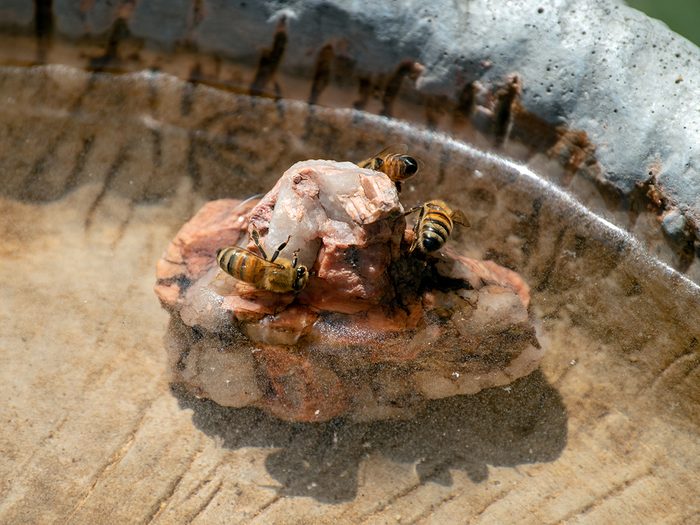
Provide Water for Bees
Many folks don’t think of bees needing water, but they do! However, they aren’t able to hover over the water to drink and will drown in something like a dog bowl. To help save the bees, provide a tray or birdbath of water with rocks in it for them to rest on. You can use any container you have around to put your bees’ water in. But if you want to go all out, build your own backyard pond, fountain, or water garden. Just make sure to choose one that allows water to pool up around the rocks so the bees have something to sit on while they’re sipping.
Consider adopting these organic lawn care tips.
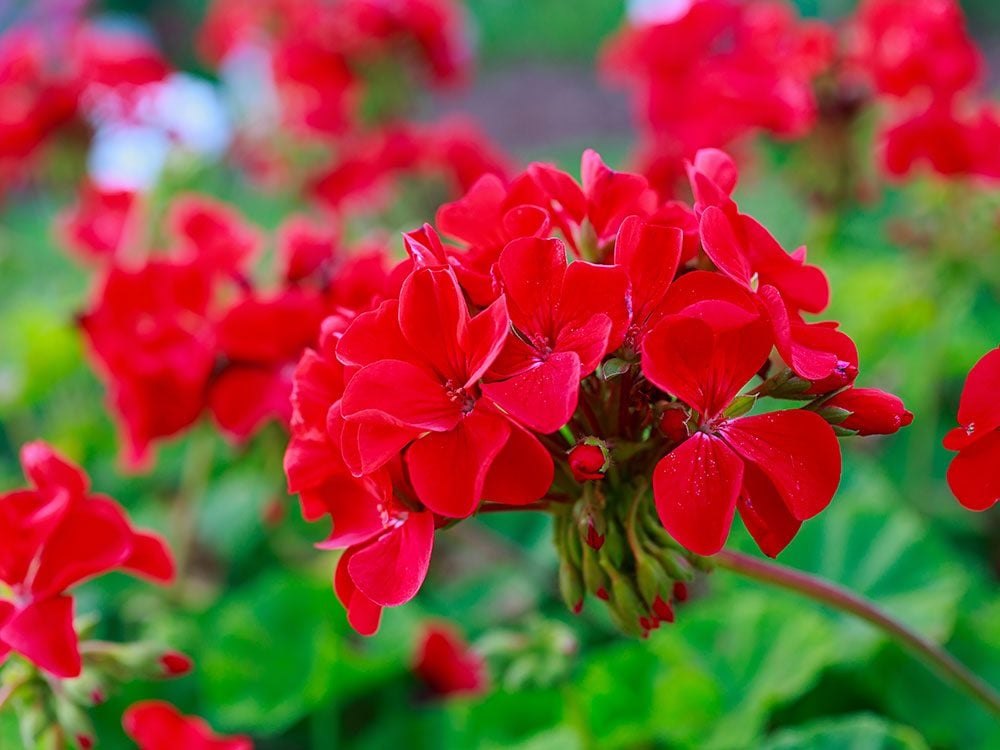
Avoid Using Pesticides in Your Yard
Maybe you want to oust the Japanese beetles eating your roses, but if the bees are exposed to the pesticide you spray for the beetles, the bees will die, too. A healthy alternative would be to plant geraniums among the roses: Japanese beetles will eat the geraniums which contain a paralyzing substance. Once rendered temporarily immobile, the beetle is susceptible to predators. Savvy backyard gardeners use companion planting to repel many other harmful pests. Marigolds, mint and lavender are a few to consider.
Here are more clever gardening tips you’ll wish you knew sooner.
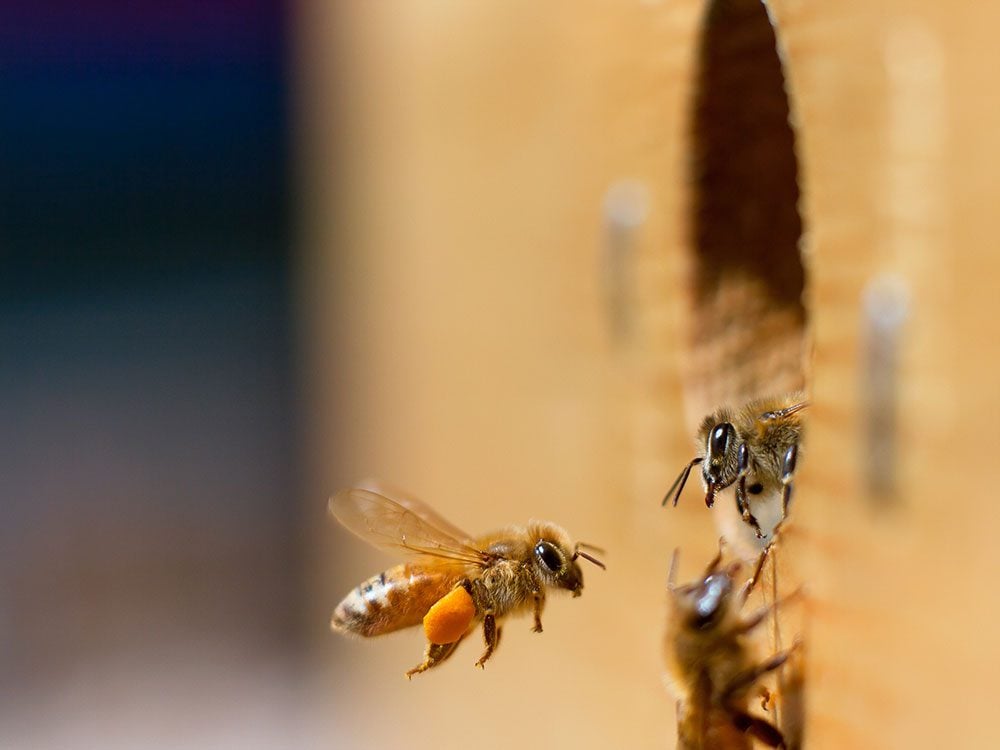
Build a Bee Hotel
Native bees live in the most amazing places. Because of the loss of natural habitats, however, many native bees are suffering. You can save the bees by providing a place for them to nest. You can buy a native bee house or you can make your own using a coffee can and tubes of rolled up paper. Different bees require tubes of different diameter, so do some research for the bees that live in your area.
Discover more uses for coffee cans all around the house.
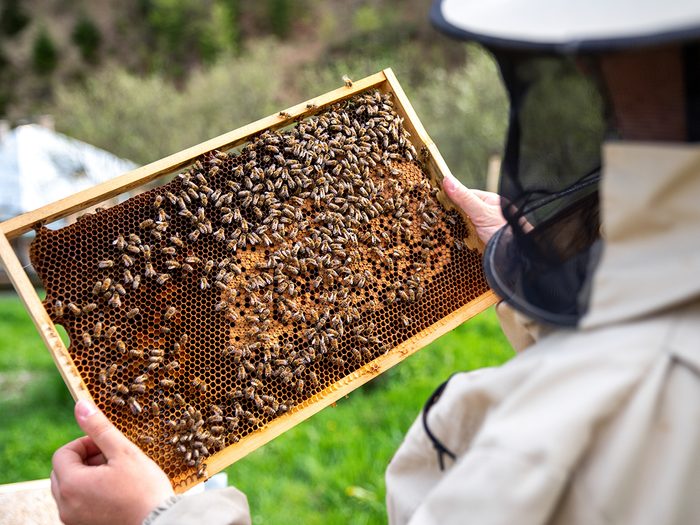
Become a Beekeeper
Bees provide our food by pollinating crops like fruits and vegetables, their activity is energizing to watch, and the honey they produce is a sweet reward. While not for the faint-of-heart, beekeeping is a rewarding pastime that can lead to a nice little side business, if you’re interested in recouping some of your investment.
Here are 10 unique farmers’ markets worth exploring.
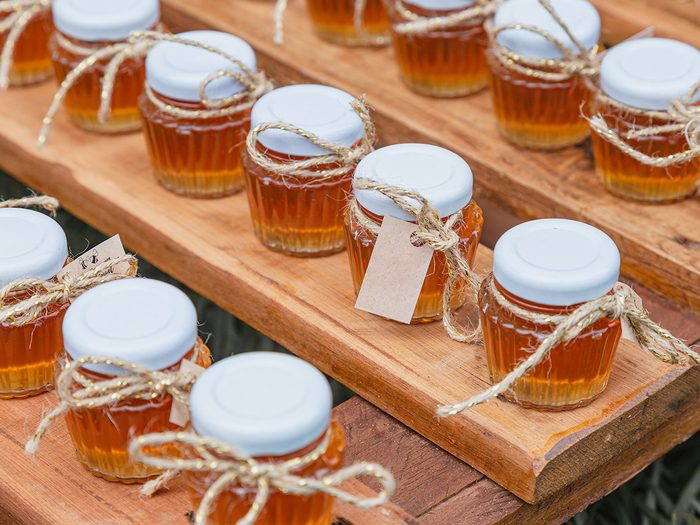
Buy Local and Organic
Want to save the bees? Make a difference by putting your money where your mouth is. If you only buy organic produce, you send a message to both grocery stores and food producers that you don’t support the use of bee-harmful chemicals in our ecosystem. If you buy local, particularly local honey, you not only reduce your carbon footprint but you do business with smaller beekeepers who take pride in their work and care for their bees.
Now that you know how to save the bees, check out 10 honey farms to visit this summer.